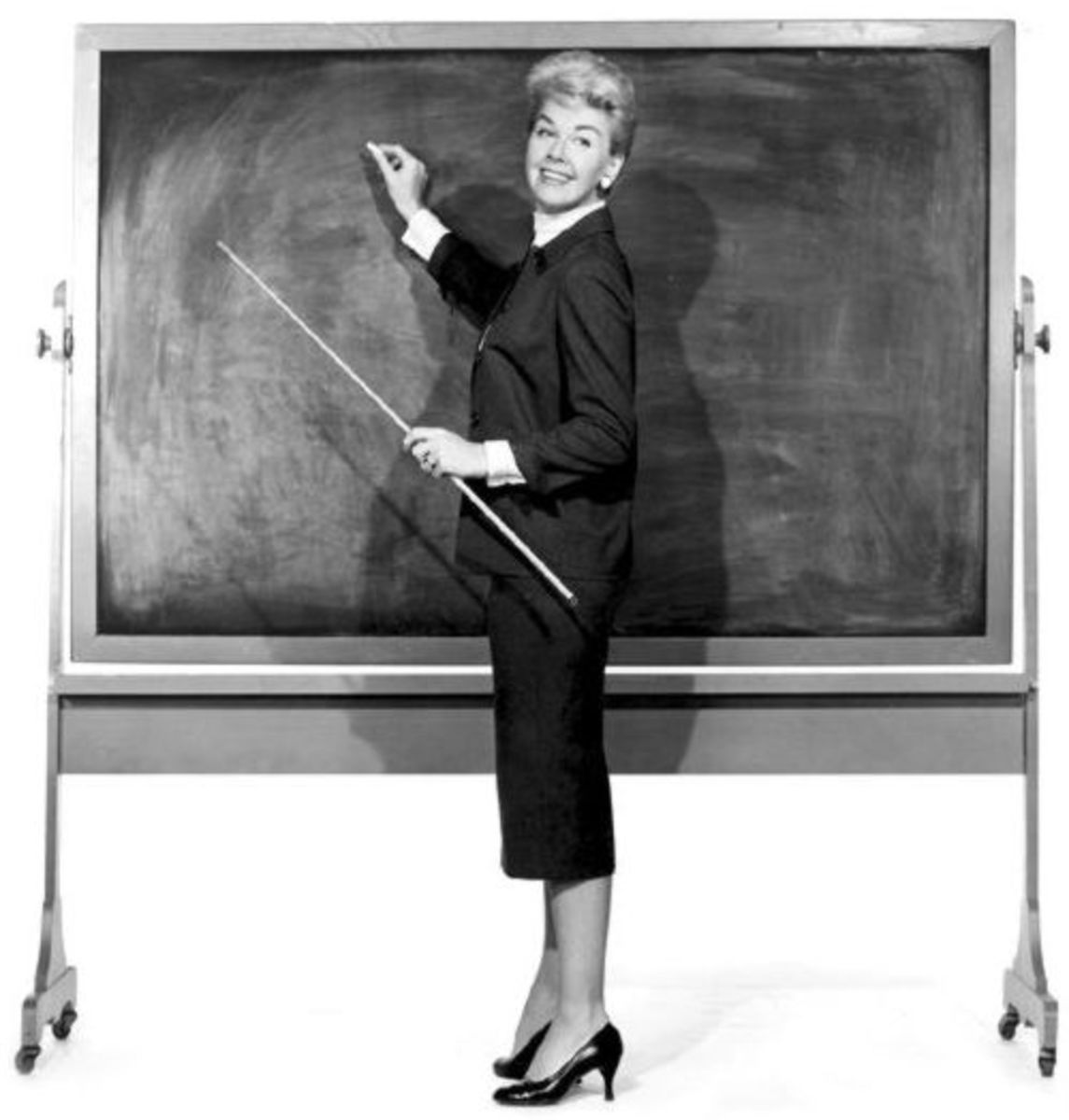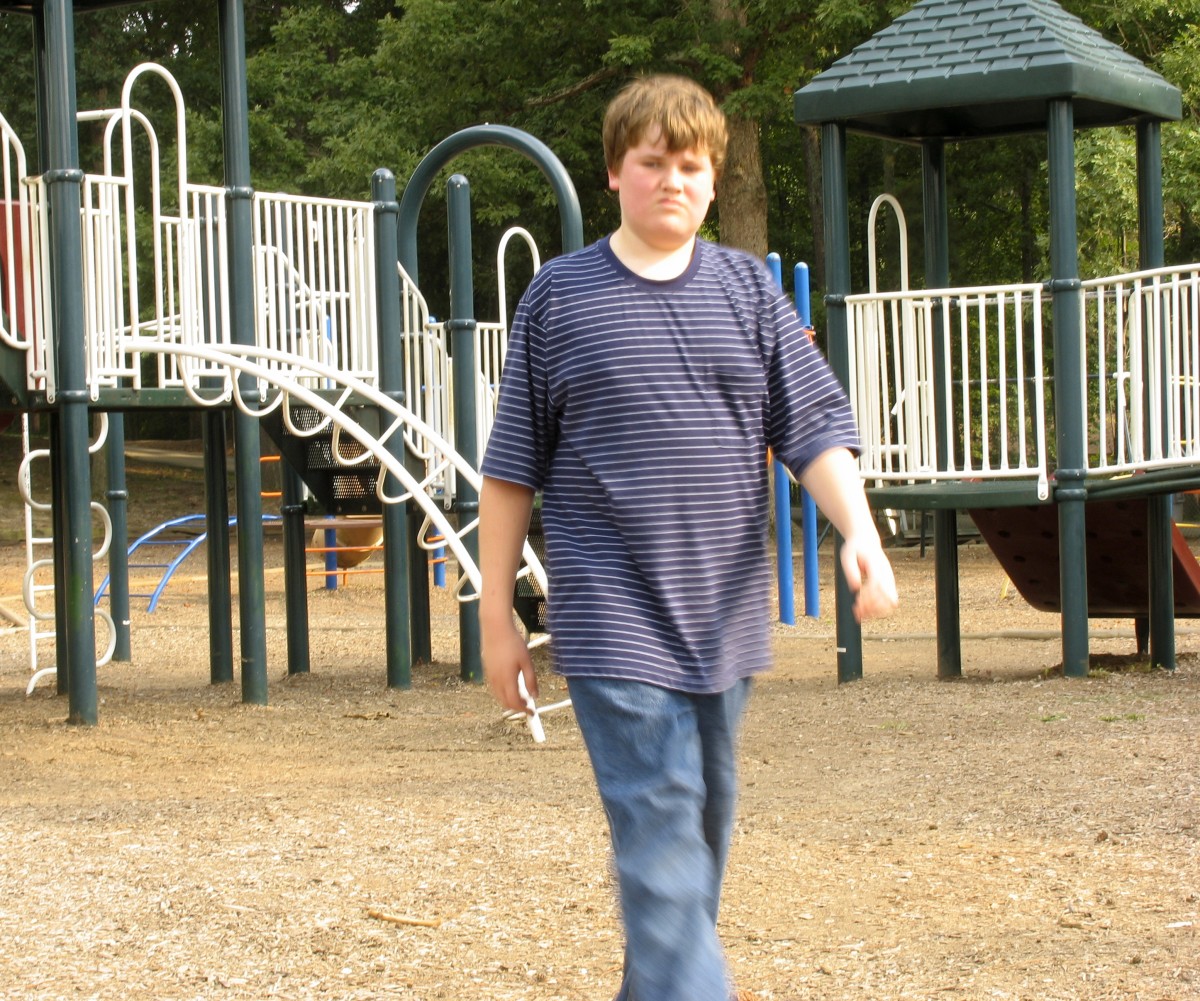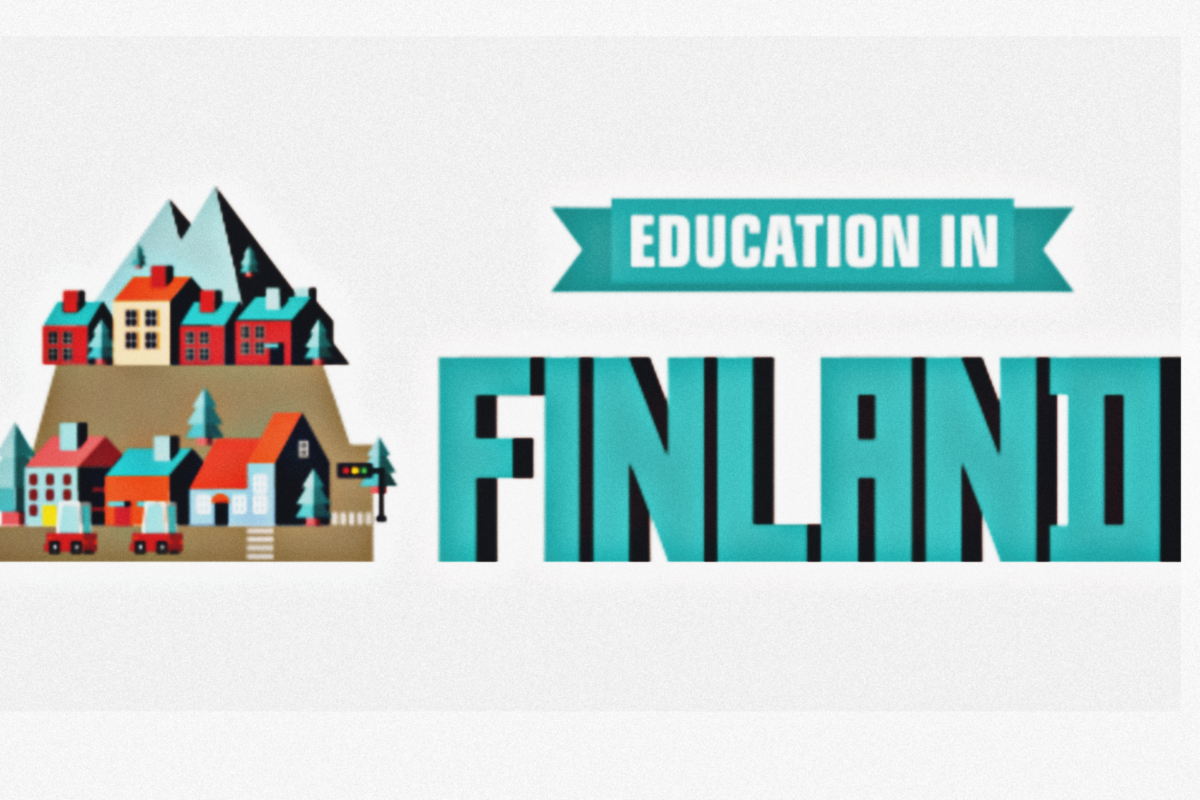Allied Educators
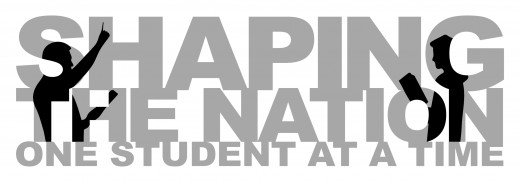
What is Normal (Academic) and Normal (Technical) curriculum?
Students in the Normal course follow either the Normal (Academic) or Normal (Technical) curriculum.
In the Normal (Academic) course, students offer 6-8 subjects in the GCE ‘N’ Level examination. They have, as compulsory subjects, English Language, Mother Tongue and Mathematics. For upper secondary, Combined Humanities and a Science subject are also compulsory.
In the Normal (Technical) course, students offer 5-7 subjects in the GCE ‘N’ Level examination. This curriculum prepares them for a technical-vocational education at the Institute of Technical Education. The curriculum is geared towards strengthening students’ proficiency in English and Mathematics. Students take English Language, Mathematics, Basic Mother Tongue and Computer Applications as compulsory subjects.
What is an Allied Educator?
Education is a field that is never enough. In Singapore, there are teachers and teacher aides. In Singapore, teachers aides provides support at the back end. They are the ones doing printing and other forms of administration works which is very different from teacher assistant or teacher's aide in the UK schools. In 2009, Allied Educator position was launched as another career path for those who are interested in going into Education Field.
So... What is an Allied Educator?
It is a new scheme that is first introduced in 2009. In Singapore education system, there are two types of educators in schools. One is what we known as teachers and teacher aides. Now, there is another term called allied educators which is known as AED in short. This is a new scheme implement by Ministry of Education (MOE). It is something like teaching assistant or teacher's aide (TA) in the UK schools. If it is to be trace back, this scheme was implemented by Secondary Education Review and Implementation (SERI) committee in 2004.
Back then, it is important that teachers are able to spot when a student is not coping well and provide the immediate and necessary intervention in class especially for English and Mathematics so that they do not lag behind but often, this is not possible or rather, difficult for a teacher. Most of the times in a school, the class size is about 30 to 40 pupils. For a form teacher to be able to pay attention to every single child in a class, it can be challenging at times. In order to support the teaching of different ability groups and to facilitate differentiated instruction, SERI supports the provision of allied educators (AEDs) to schools since 2004. This is how Allied Educator Scheme came about.
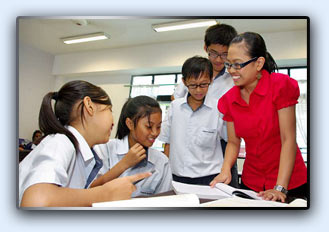
Allied Educator Scheme
The whole idea of this allied educator scheme is allied educators work with teachers to nurture and develop every child in school by raising the quality of interaction with every child. They go in the class together with the form teacher (who is responsible for all the students in the same class at a school) and support him/her in terms of innovative pedagogies to instruct and interact with each pupil. They will also facilitate discussion groups as well as engage the pupils in their project work. Teachers will usually involve allied educators in the delivery of enriching programmes and activities outside the classroom but that depends on how each school management works.
In a way, this Allied Educator Scheme provides the pupils whom are weaker in terms of academic, a channel for them to voice out, a more focus learning or even pull out teaching (small group teaching) which is within their pace and learning abilities.Hence, they are able to build rapport with the pupils and help them improve their self-confidence, self-esteem and sense of independence.
Allied Educators in schools
To strengthen the professionalism of the school team, MOE introduced a new Allied Educators Scheme (AES) from 1 Jan 2009 to attract, motivate and retain good quality people as Allied Educators (AEDs). Three groups of officers comprise the AED family: AED (Counselling), AED (Learning and Behavioural Support) and AED (Teaching and Learning). They work closely with teachers to enhance the holistic development of students. Currently, there are 600 allied educators in our schools.
Three groups of officers comprise the Allied Educators (AED) family which complements the work of teachers to bring out the best in our students.
- The first group are the School Counsellors, formerly known as Allied Educators (Counselling), who provide guidance and counselling services to students and are involved in designing programmes that meet students’ social-emotional learning needs.
- The second group of AEDs specialise in Learning and Behavioural Support (LBS). They are the ones whom are more focus in identifying pupils with learning needs and help teachers manage students with mild special educational needs such as autism spectrum disorders, dyslexia and attention-deficit/hyper-activity disorder. Schools are resourced with School Counsellors and AED(LBS) according to their needs.
- The third group of AEDs focus on Teaching and Learning (T&L) and support teachers both within and outside of the classroom. Under the guidance of teachers, they provide students with specific and differentiated learning and remediation support. In addition, they also provide pastoral care for students, and help conduct Co-Curriculum Activities (non-academic activities) and other programmes that support the holistic development of students. As it is still a new scheme, schools are staffed with AED(T&L)s based on their student enrollment.
As of today, the number of AEDs across the three groups has grown from 600 in 2009 to more than 2,400. In a school, there will be at least one Allied Educator (Counselling), one Allied Educator (LBS) and a minimum of one to a maximum of six Allied Educators (teaching and learning) depends on the individual school student enrollment.
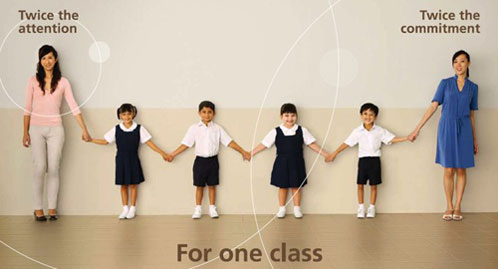
No Child is Left Behind
Teachers and additional AEDs will further allow schools to benefit students with a better learning environment and more customised and focused experience. Ideally and hopefully, in the coming future, there will be an AED and a teacher in every class to create a no child is left behind environment.

